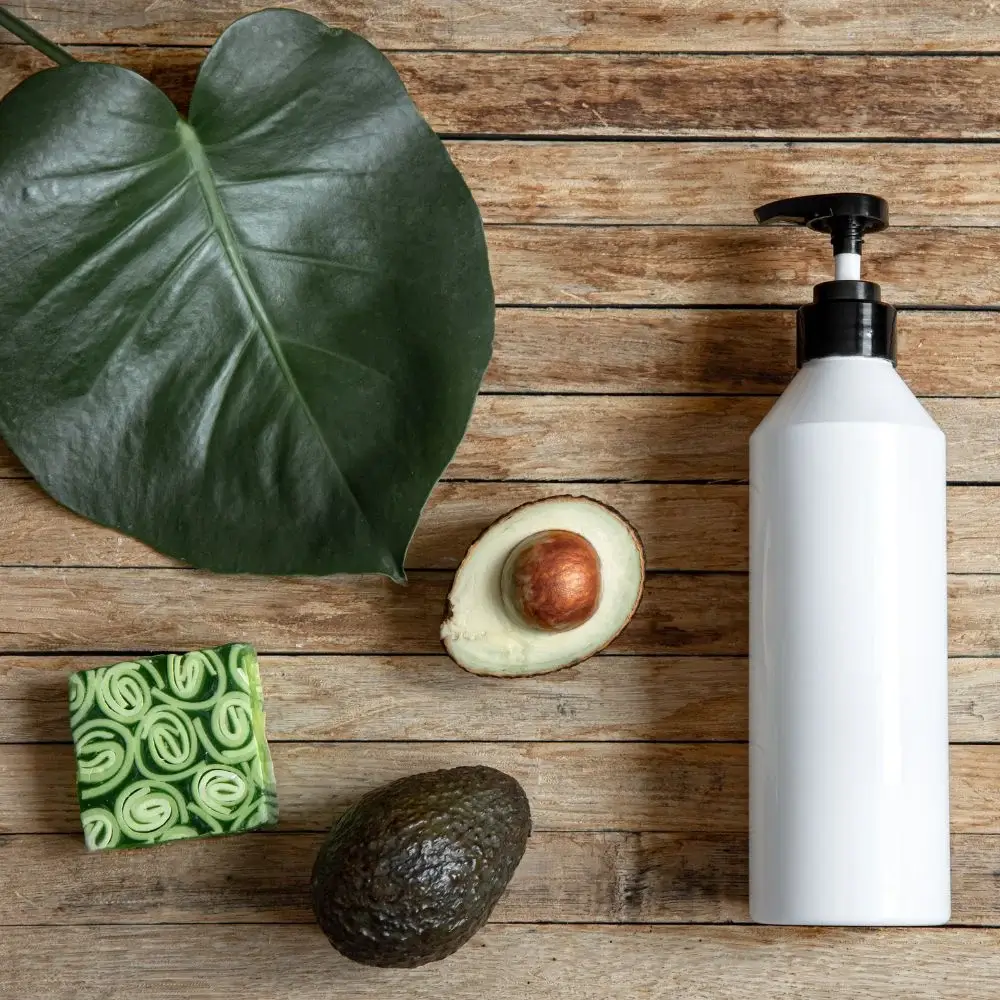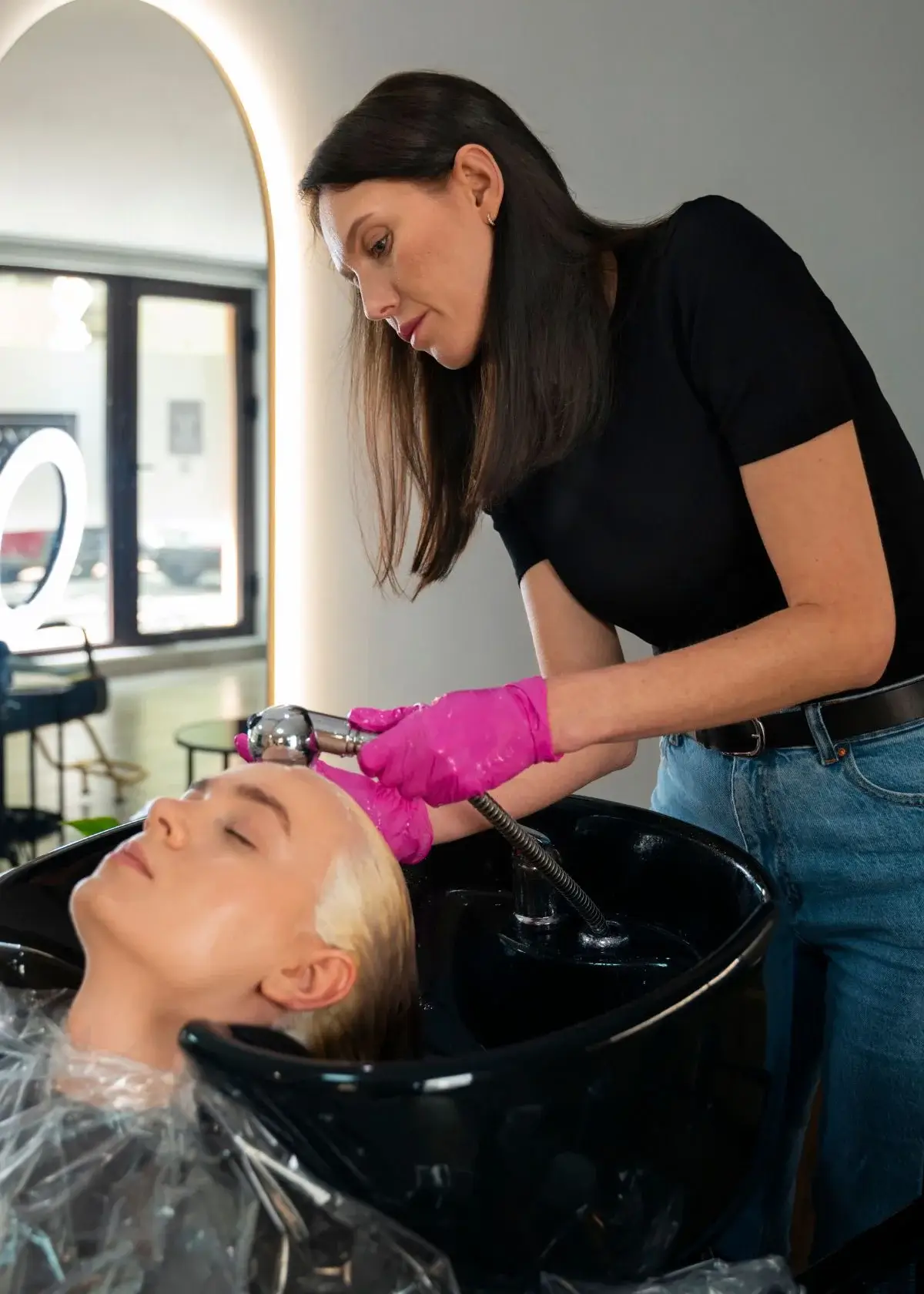Hair transplant surgery is a popular procedure nowadays, and it can do wonders for your hairline and self-confidence. However, after the procedure, you must take extra care of your hair to maintain the results and enhance the healing process. One of the crucial parts of post-hair transplant care is choosing the right shampoo. With so many options available in the market, finding the right one that suits your hair type can be overwhelming. In today's blog post, we'll discuss choosing the right shampoo after a hair transplant and some things you need to consider when selecting one.
Consult with your surgeon
The first and foremost thing to do when choosing a shampoo after a hair transplant is to consult your surgeon. Your surgeon will be the best person to guide you on which products to choose or avoid based on your hair type and the post-surgery healing process. They might even recommend a specific shampoo brand for you to use. So, don't hesitate to ask your surgeon for advice and guidance.
Look for sulfate-free shampoos
Many shampoos contain sulfates, harsh chemicals that can strip away natural oils and dry out your hair. This particularly harms fragile newly transplanted hair, which requires extra moisture to promote growth. Hence, it's best to opt for gentle sulfate-free shampoos that won't harm your hair. These shampoos are usually labeled as "gentle," "sulfate-free," or "natural."
Consider the ingredients
The ingredient list of your shampoo is another crucial factor to consider when selecting one. Look for shampoos that contain ingredients that promote hair growth and strengthen hair follicles, such as biotin, keratin, and vitamin E. Avoid shampoos that contain harsh chemicals, such as alcohol, parabens, and phthalates. These chemicals can damage your hair and scalp and hinder hair growth.
Determine your hair type
Before choosing a shampoo, it's essential to identify your hair type- oily, dry, or average. Different hair types require different shampoos, so choose one that caters to your hair type. Ask your surgeon or a professional hair care specialist if you need more clarification about your hair type.
Read reviews and do your research
Lastly, remember to read reviews and do your research before selecting a shampoo. Check online reviews and ratings to see what other users think of the product you're interested in. Also, research the brand's reputation, history, and manufacturing practices. A good brand will use high-quality ingredients and have stringent quality control measures.
Choosing the right shampoo after a hair transplant is essential to maintain the surgery results and promote hair growth. Consult with your surgeon and consider factors such as sulfate-free, ingredient list, hair type, and reviews when selecting a shampoo. Choosing the right shampoo ensures your hair remains healthy, shiny, and strong after your hair transplant surgery.
Say goodbye to bad hair days post-transplant with the best shampoo after a hair transplant. Our expert team has researched and found the perfect solution for your hair care needs. With a simple click, you can now easily access our recommended shampoos that nourish and strengthen your newly transplanted hair. Give your hair the best chance at thriving with the right shampoo. Take the first step towards healthy and vibrant hair by checking out our list of best shampoos after a hair transplant today!
What is the importance of using the best shampoo after a hair transplant?
The best shampoo after a hair transplant is crucial for optimal healing and growth. A high-quality shampoo helps maintain the newly transplanted follicles by keeping the scalp clean and minimizing the risk of infection. Choosing a shampoo free from harsh chemicals is essential, as post-transplant skin is sensitive. The right shampoo can prevent excessive drying, irritation, and flakiness, promoting a healthier scalp environment. Moreover, a suitable shampoo can support natural healing, ensuring the transplanted hair grafts remain secure and thrive. Overall, selecting the best shampoo post-transplant aids in preserving the procedure results and fostering the growth of robust and natural-looking hair.

What factors should I consider when choosing a shampoo post-hair transplant?
When selecting a post-hair transplant shampoo, several factors merit consideration. Opt for a gentle, sulfate-free formula to avoid irritation and maintain the delicate scalp's balance. Look for ingredients like biotin and keratin, which promote hair strength and growth. A pH-balanced shampoo aids in scalp recovery. Fragrance-free options reduce the risk of sensitivity. Check for a recommendation from your surgeon, as they're familiar with your specific needs. Prioritize hypoallergenic and non-comedogenic choices to prevent pore clogging. Avoid harsh chemicals that might disrupt the healing process.

What are the key ingredients to look for in a suitable post-transplant shampoo?
When seeking an appropriate post-transplant shampoo, essential ingredients include biotin and keratin for fortifying new hair growth. Aloe vera and chamomile soothe the scalp and reduce irritation, while panthenol enhances moisture retention. Look for ingredients like tea tree oil or salicylic acid to prevent infection and maintain a clean scalp. Avoid sulfates and harsh chemicals that could irritate sensitive post-transplant skin. Besides, select shampoos with a balanced pH to aid in healing.

How do I properly wash my hair after a hair transplant surgery?
After a hair transplant surgery, follow these steps for proper hair washing:
- Wait: Most surgeons recommend waiting 48 hours before the first wash.
- Gently rinse: Use lukewarm water and a cup to pour water over the scalp gently.
- Shampoo: Apply a mild, recommended post-op shampoo. Gently massage without rubbing or scrubbing.
- Rinse: Thoroughly rinse with lukewarm water, ensuring all shampoo is removed.
- Pat dry: Gently pat your hair and scalp with a soft towel.
- Let air dry: Avoid hairdryers for the first week to prevent damage.
- Follow the surgeon's advice: Adhere to your surgeon's instructions to ensure proper healing and optimal results.
Gentleness is critical to avoid disturbing the grafts and ensure a successful recovery.

How can I determine my hair type and select a suitable shampoo accordingly?
To determine your hair type and choose the right shampoo, follow these steps:
- Observe: Assess your hair's texture (fine, medium, coarse), density (thin, medium, thick), and natural state (straight, wavy, curly, kinky).
- Scalp condition: Determine if your scalp is oily, dry, or balanced.
- Specific needs: Identify concerns like dandruff, sensitivity, or color-treated hair.
- Research: Look for shampoos tailored to your hair type and concerns, reading ingredient labels.
- Trial and error: Experiment with different shampoos to find what suits you best. Observe how your hair responds over time.
- Seek advice: Consult a hairstylist or dermatologist for recommendations based on your hair's unique characteristics.
Choosing a shampoo aligned with your hair type ensures effective cleansing and care, promoting healthier, more manageable locks.
Should I be concerned about color-safe shampoos affecting the appearance of my transplanted hair?
Color-safe shampoos are generally safe for transplanted hair. They're designed to be gentle and preserve hair color, aligning with post-transplant hair care needs. However, it's essential to read the ingredients and choose a sulfate-free, mild formula to avoid any potential irritation to the sensitive scalp. Consult your hair transplant surgeon or dermatologist for personalized advice if in doubt. Remember that the primary focus after a hair transplant is on maintaining scalp health and promoting graft survival.







